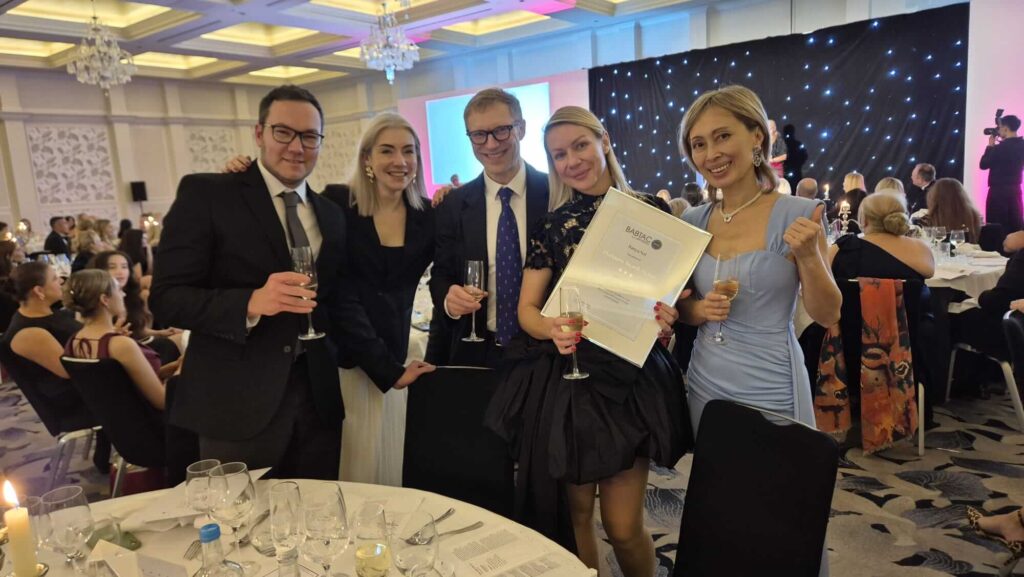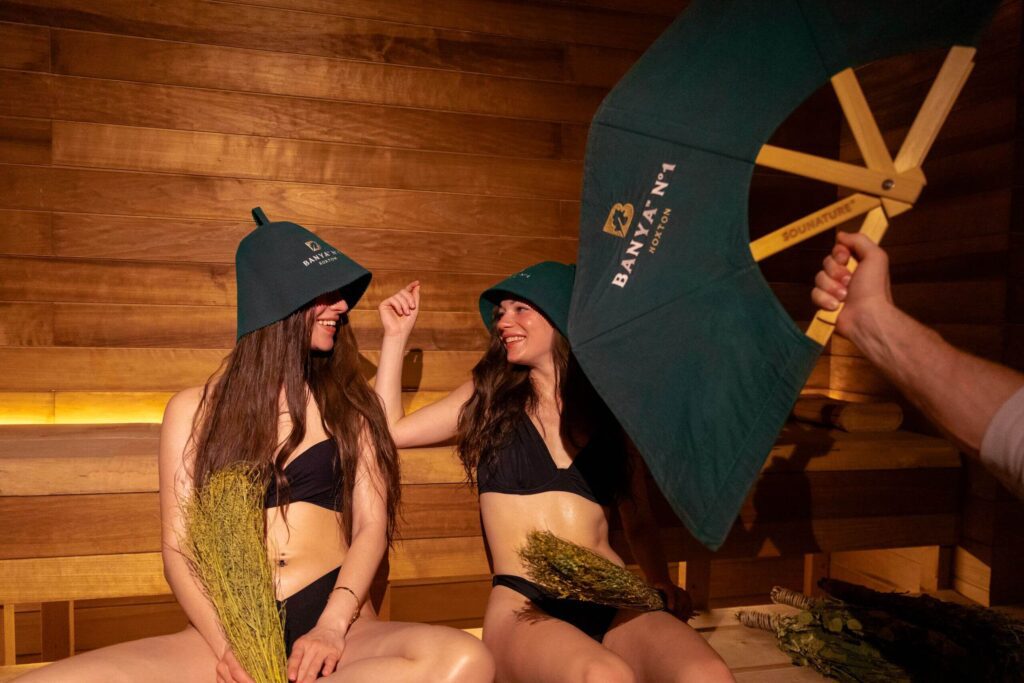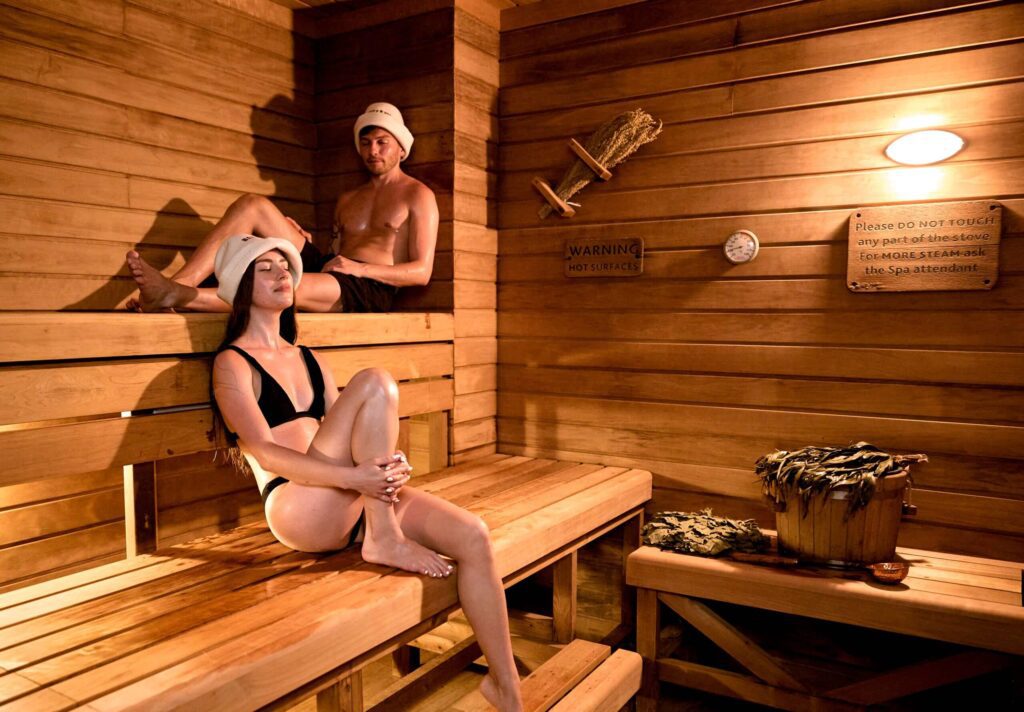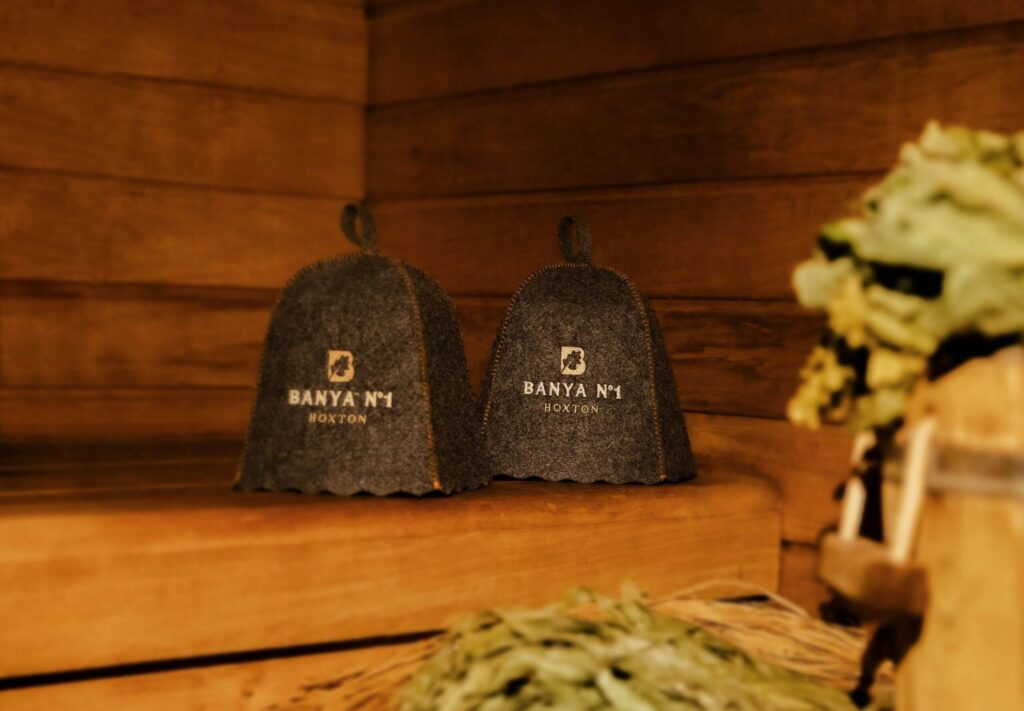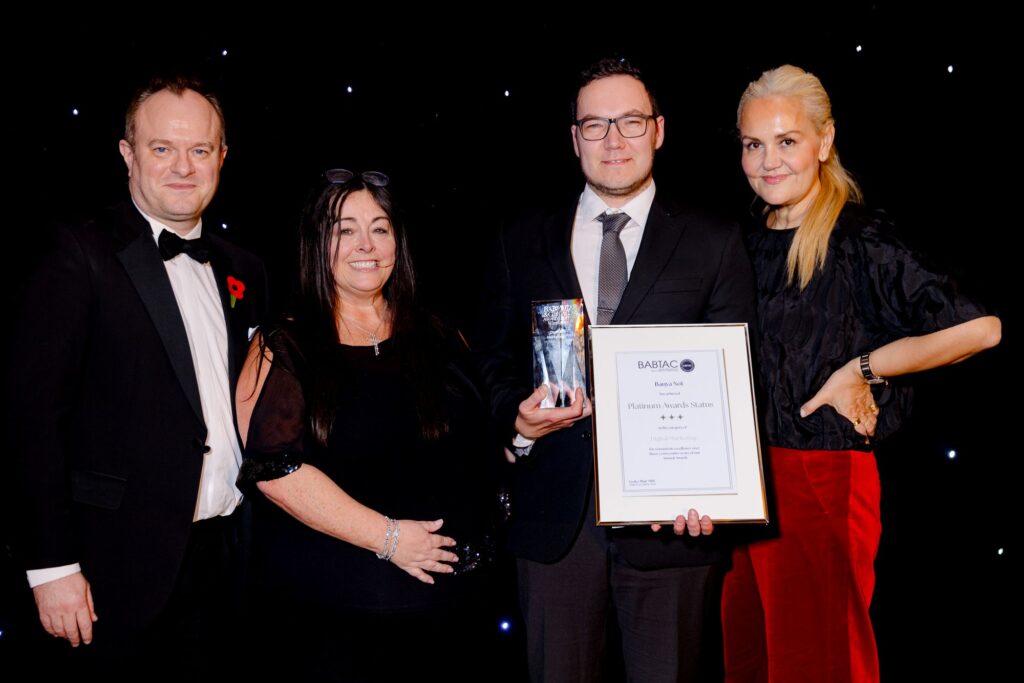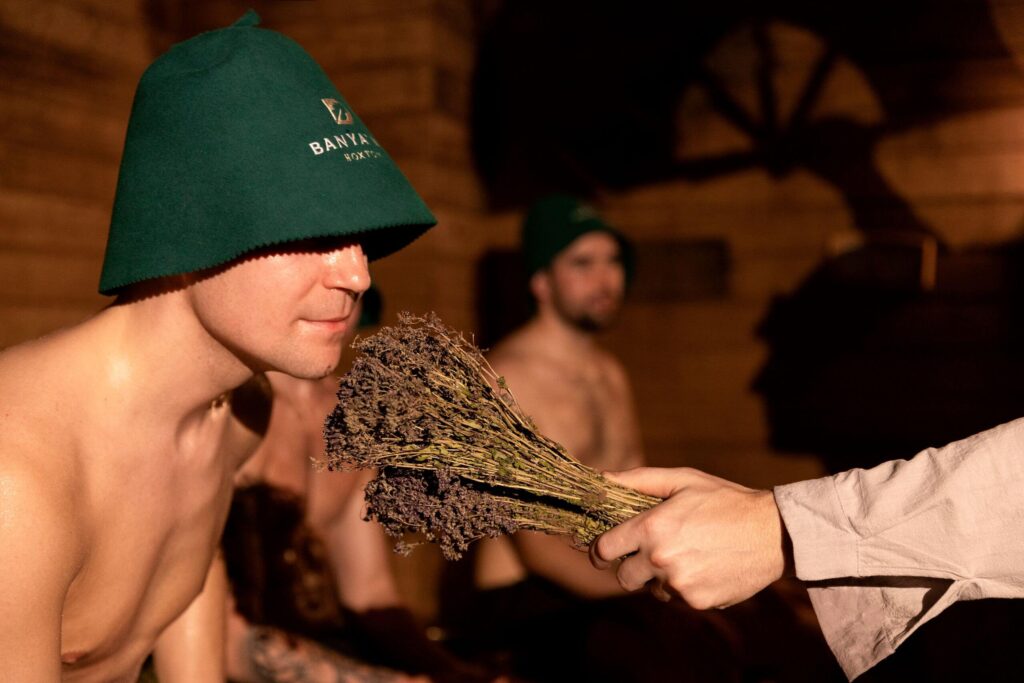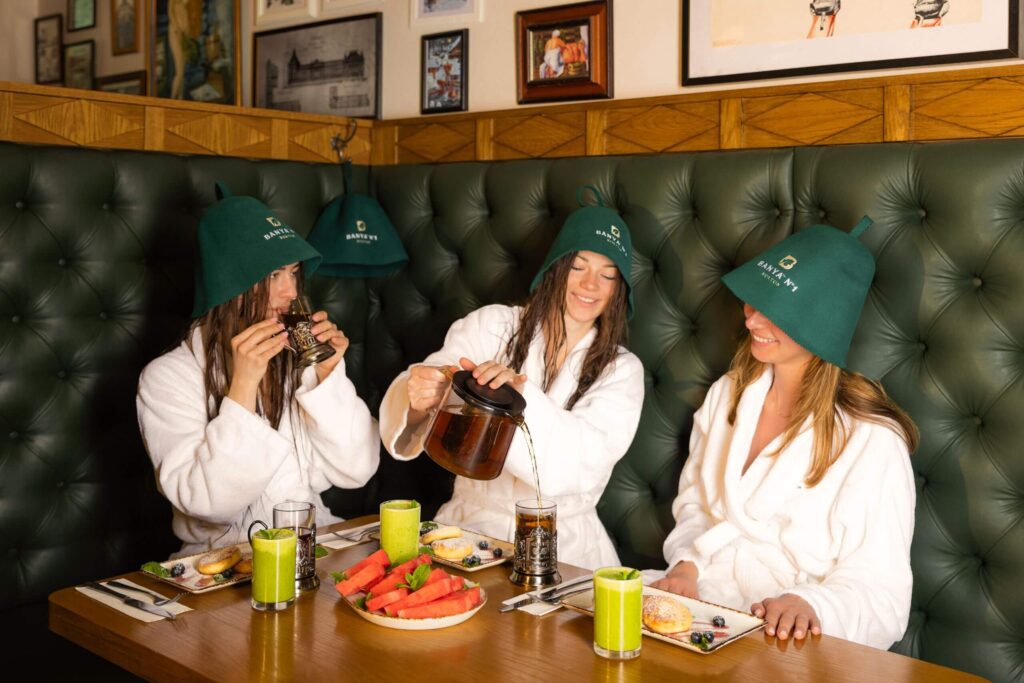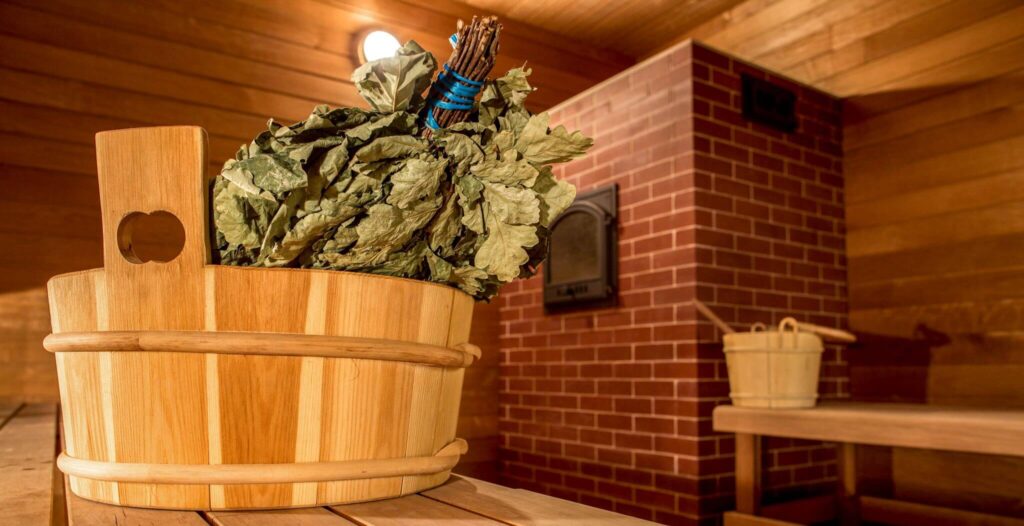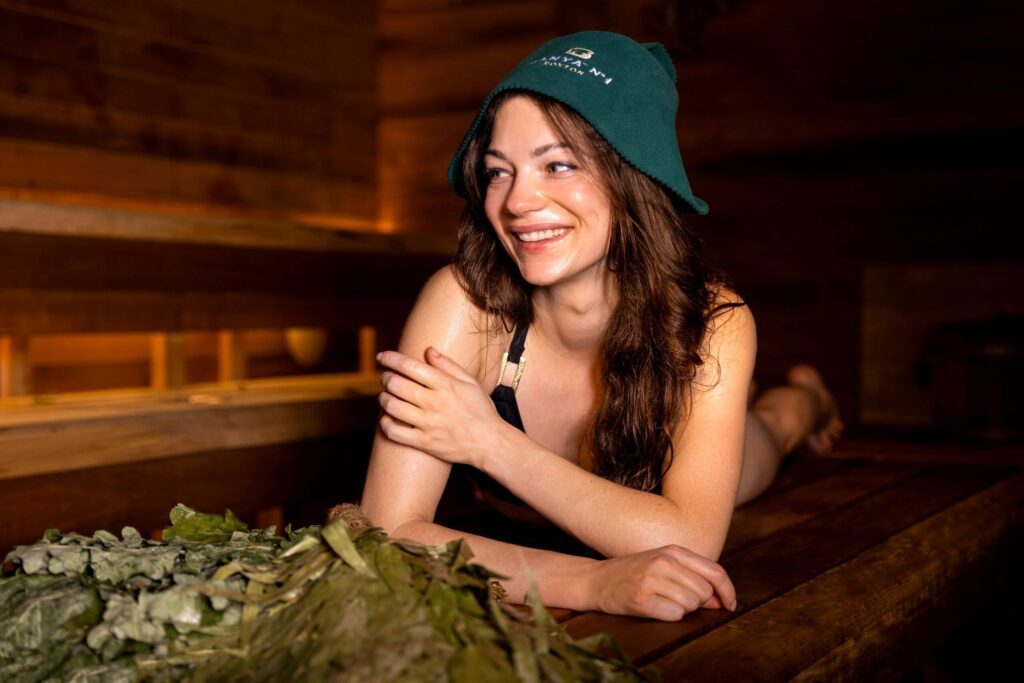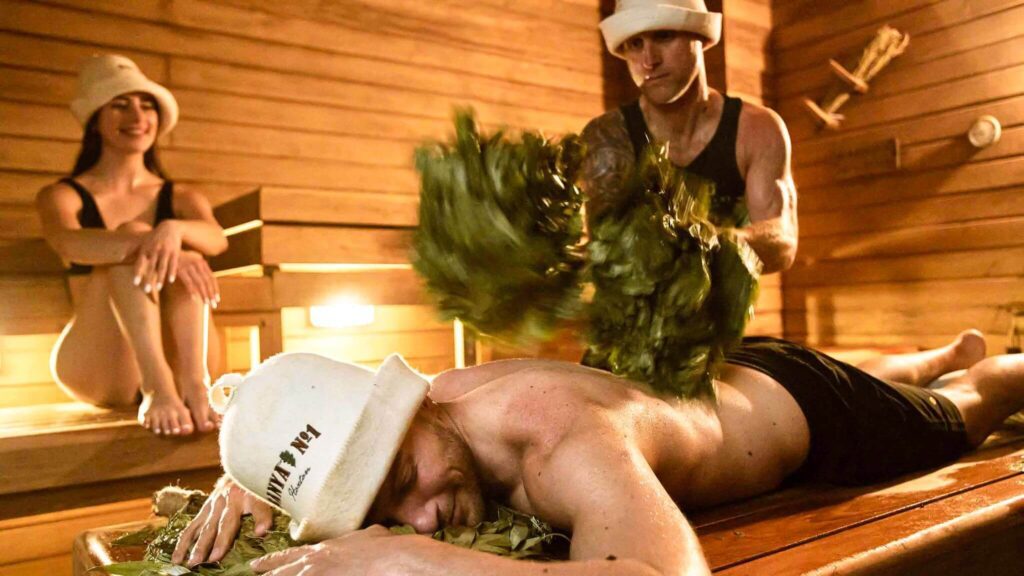Jewish history of Russian banya in London

The history of the Russian banya in London goes back to late 19th century and is connected to numerous Jewish immigrants that arrived to London during Pogroms in Russia and Eastern Europe. The immigrants liked to create close-knit communities, preferring to live and work near to each other and within walking distance of a synagogue, baths and kosher food shops. In 1880 there were around 46,000 Jews in London, but by 1900 this figure had almost trebled to 135,000, and the majority of these lived in the East End.
In 1889 Charles Booth observed:
«The newcomers have gradually replaced the English population in whole districts, Hanbury Street, Fashion Street, Pelham Street, and many streets and lanes and alleys have fallen before them; they have introduced new trades as well as new habits and they live and crowd together.»
As well as setting up small synagogues, the Jews opened shops selling kosher food, started publishing newspapers in Yiddish and also introduced the custom of “Russian steam baths”. In 1888 there were 5 exclusively Jewish East London bathhouses.
The steam baths were an important part of social and religious life and were mostly used by men following work on a Friday evening at the beginning of the Jewish Sabbath, before they went to synagogue for prayers. One of the most famous baths was right opposite the synagogue, in the house number 86 on Brick Lane and was called Schevzik’s Russian Vapour Baths.
The advertising sign reveals that they claimed to offer the “Best Massage in London: Invaluable Relief for Rheumatism, Gout, Sciatica, Neuritis, Lumbago and Allied Complaints. Keep fit and well by regular visits.” Russian Vapour Baths has breathed new life into Bethnal Green’s respecting the historic nature of the site, while also offering modern treatments which are relevant to the 21st century customer. The enterprise was closed during the war due to a fire. The sign is on display in Jewish Museum of London.
Nowadays, Banya No.1 offers to its customers immersive cultural experience and rejuvenating organic treatments as it was a century ago.
Banya No.1 is the only one traditional Russian banya in London. It was established in January 2013. This Russian banya is an authentic Bath Club & Spa which promotes health and wellbeing through a series of traditional Russian treatments and food, including such staples as: venik massage and crayfish.
Unlike conventional western saunas, Russian Banya generates high levels of steam as water is being splashed on to a tonne of cast iron heated up to 700 degrees inside an authentic brick furnace.
As soon the water drops hit the cast iron they explode into tiny particles of hot vapour close to the ceiling that gradually settles down towards the floor as it cools down. The high levels of steam cause the body to sweat profusely and detoxify.
One treatment not to miss is a traditional Venik thermal massage “Parenie”, when professional practitioners (Banschiks) will heat you up by shifting vapour from the ceiling area down to your body using birch or oak branches, then lead you to our cold plunge pool for you to dip in, the extreme contrast in temperature is a very good cardio-vascular exercise, it boosts blood circulation and relives tension and stress. Once your body hits the cold water it enters a state of shock, adrenalin and stress hormones are released and you start feeling invigorated. After the treatment you may also feel a tingling sensation and even slightly light headed.
We offer traditional Russian Deep Tissue Massage, Honey & Salt or Coffee scrubs, Aloe Vera or Mud wraps.
For Russians banya is part of a lifestyle to keep body & mind happy and healthy. The experience is healing and de-stressing.

